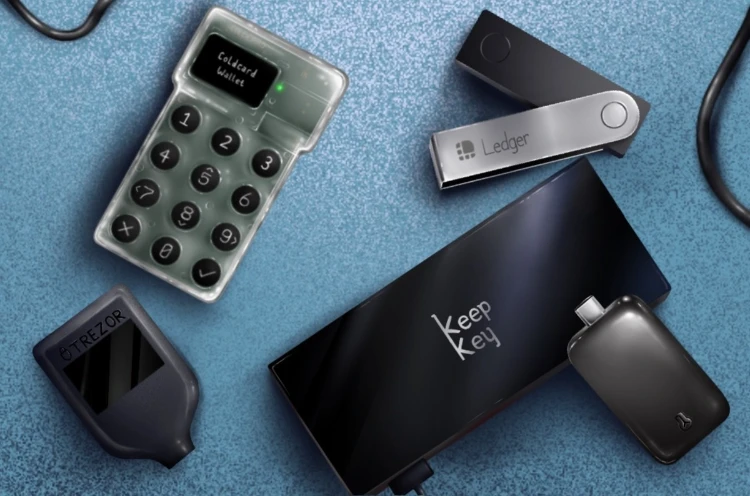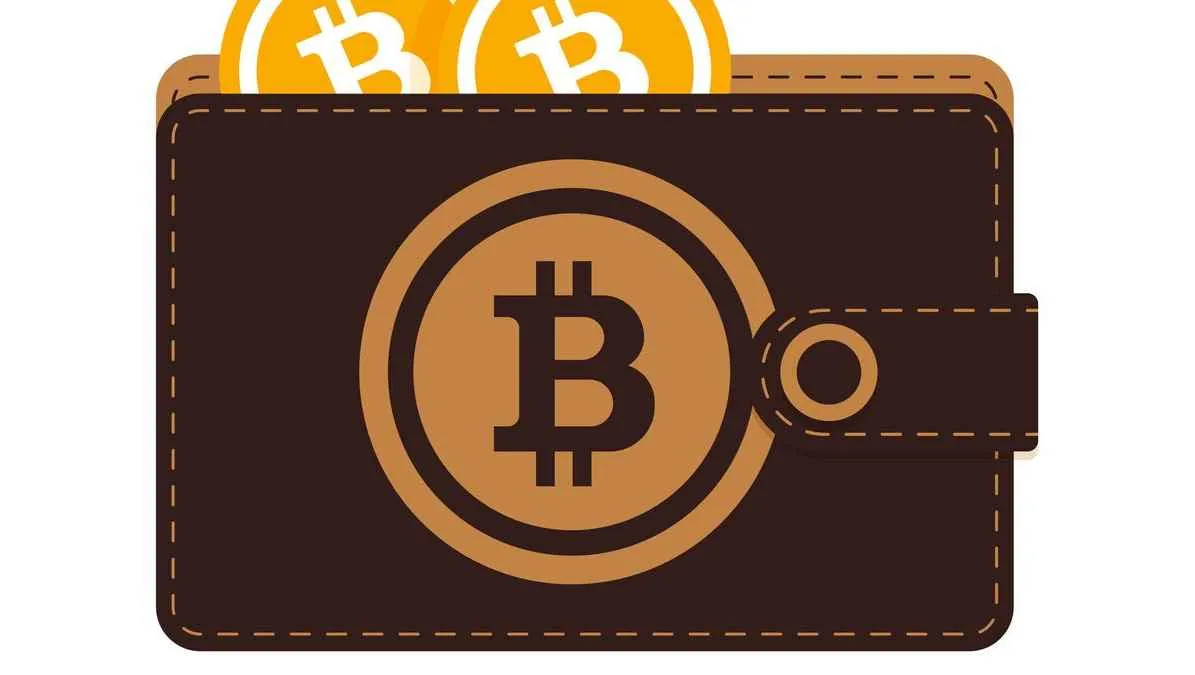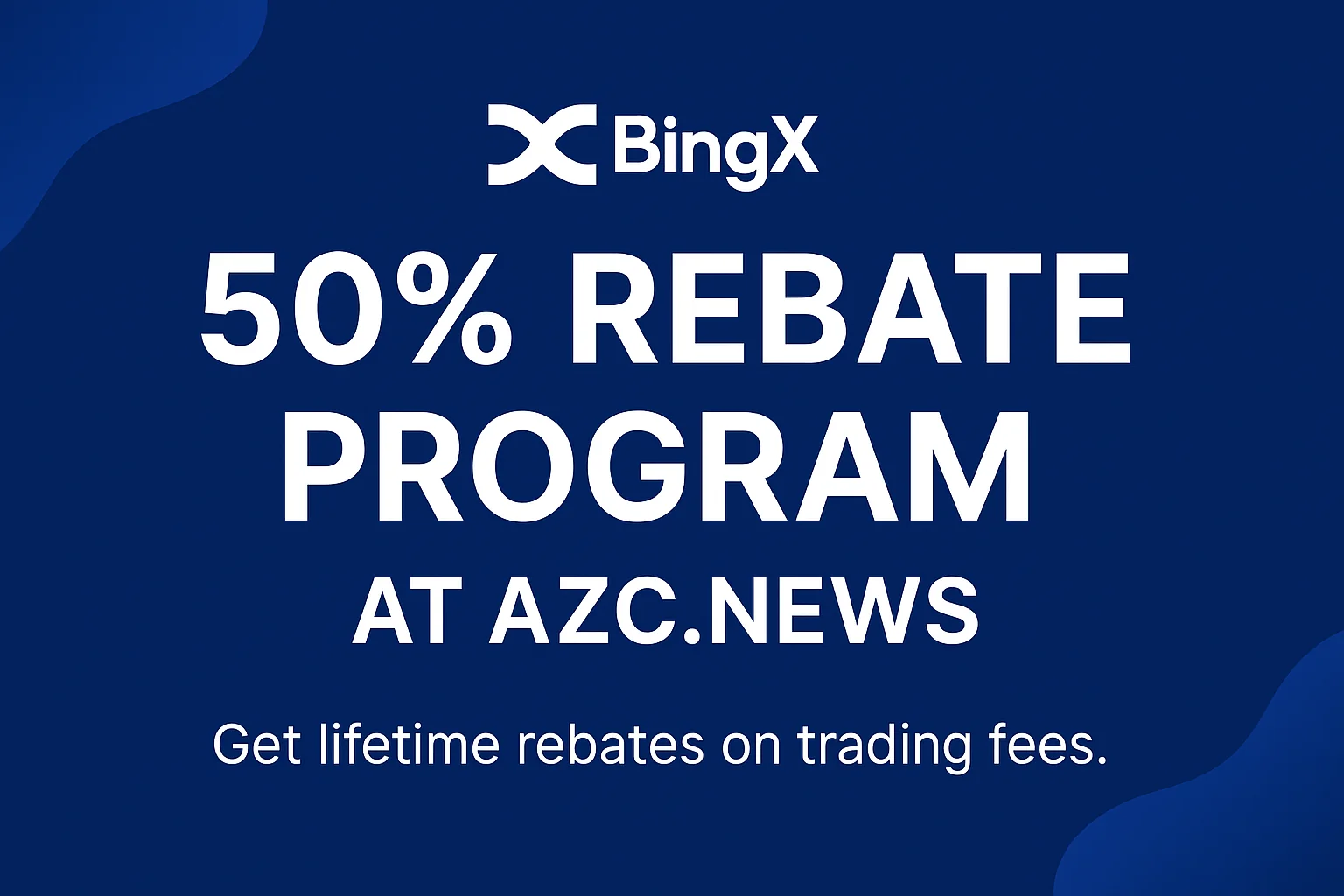With Bitcoin becoming increasingly popular, buying and selling Bitcoin has also become more accessible than ever. However, because it is a precious asset, once you have Bitcoin, you need to make sure to store it in a safe place. crypto wallets are what will help you solve the above problem.
So what are Bitcoin wallets, and how do create and use bitcoin wallet for beginners? Follow our article below to get yourself the answer.
What is a Bitcoin wallet?
A Bitcoin wallet is a digital wallet that allows you to send and receive Bitcoin. This is similar to having a physical wallet. So, what is the point of a Bitcoin wallet? Rather than keeping physical money, the wallet saves the cryptographic information needed to access Bitcoin addresses and send transactions. Other cryptocurrencies can be stored in some Bitcoin wallets.
How Does a Bitcoin Wallet Work?
Because Bitcoin operates on a secure digital ledger called blockchain, using a Bitcoin wallet isn’t as simple as opening a leather flap. For that reason, it may be helpful to think of a Bitcoin wallet like an email
To send an email, you must use your password to log into your account, input a recipient’s address, and then hit send. To send Bitcoin, you similarly need your coded key, essentially your password, to access your cryptocurrency. You then need your intended recipient’s Bitcoin wallet address, similar to an email address, to send the cryptocurrency to them.
On the Bitcoin network, the public address is an identifier that points to a particular ledger entry (i.e., a Bitcoin balance) on the blockchain, and the private key is what enables its holder to make changes to the associated ledger entry (i.e., to transfer the Bitcoin to a different address)
You must keep track of your Bitcoin wallet’s key. If someone else has it, they can hack into your wallet and send it to their wallet. And, if you lose your key, you could lose access to your cryptocurrency. That’s because many cryptocurrency wallets are decentralized and cryptographically secured, meaning there’s no central customer support number for you to call to prove your ownership and identity and reset your password. An estimated 20% of all Bitcoin currently in circulation, worth billions of dollars, is lost in digital wallets that users can’t access.
Types of Bitcoin wallets
Paper Wallets
A paper wallet is a physical document that contains a public address for receiving Bitcoin and a private key that allows you to spend or transfer Bitcoin stored in that address. Paper wallets are often printed in the form of QR codes so that you can quickly scan them and add the keys to a software wallet or a wallet app to make a transaction.
A paper wallet can be generated using services that allow users to create a random Bitcoin wallet address with its private key. The generated keys can then be printed with some services that offer a tamper-resistant design or even an option of ordering holographic labels.
The main advantage of a paper wallet is that the keys are stored offline, which makes it highly resilient against and completely immune to hacking attacks, including malware that logs keystrokes, like keyloggers. However, some precautions still need to be taken when creating a wallet. You must ensure that no one is watching you create your wallet or can see where you’re storing it.
To rule out the risk of any spyware monitoring your activities, it is recommended that you use a clean operating system, such as Ubuntu, running from a USB flash drive or DVD. Once the paper wallet is set up, the website code should be able to run offline, allowing the user to disconnect from the internet before actually generating the keys. Finally, use a printer that is not connected to a network.
Hardware wallets

Hardware wallets are physical devices, like a USB drive, that are not connected to the web. These include Ledger Nano X Bitcoin Wallet and Trezor Model T Bitcoin Wallet ….. To make transactions, you first need to connect the hardware wallet to the internet, either through the wallet itself or through another device with internet connectivity. There is typically another password involved to make the connection, which increases security but also raises the risk you may lock yourself out of your crypto if you lose the password.
Hardware-based crypto wallets are also known as cold storage or cold wallets. (Wallets connected to the internet, in contrast, are called “hot wallets.”)
Hardware wallets are the most secure type of Bitcoin wallet because their private keys are stored on a physical device and theoretically cannot be accessed by a computer or from the internet.
Desktop wallets
Desktop wallets are downloaded and installed onto your computer, storing the private keys on your hard drive or solid-state drives (SSD). By definition, they are more secure than online and mobile wallets, as they don’t rely on third parties for their data and are harder to steal.
They are still connected to the internet, which makes them inherently less secure. However, desktop wallets are a great solution for those who trade small amounts of Bitcoin from their computers.
Mobile wallets
For those actively using Bitcoin to pay for goods in shops or make trades face-to-face daily, a mobile crypto wallet is an essential tool. It runs as an app on your smartphone, storing private keys and allowing you to pay, trade, and store crypto with the phone.
Moreover, some apps make use of the smartphone’s near-field communication feature, or NFC, which means users can simply tap their phone against the terminal without having to provide any information at all.
Mobile wallets take advantage of simplified payment verification technology, as they only operate with small subsets of the blockchain that rely on trusted nodes in the Bitcoin network to ensure that they have the correct information.
The disadvantage is that these trusted nodes have control over the coins and transactions, which counters Bitcoin’s trustless philosophy.
Furthermore, as another byproduct of being a convenient on-the-go solution for Bitcoin storage, mobile wallets are prone to malware and hacking. You can lose control of your wallet if someone simply gains access to your mobile device, especially if there is no two-factor authentication enabled.
It is advised to only deposit as much Bitcoin as you need into the mobile wallet and store larger Bitcoin holdings in separate hardware or a paper wallet.
Web wallets (exchange wallets)
Web wallets (a form of Bitcoin hot wallet) store your private keys on a server, which is constantly online and controlled by a third party.
Not only does this expose you to the risk of the exchange getting hacked or going bankrupt, but it also means you have to ask for permission to withdraw your Bitcoin, wait longer to withdraw, and usually pay higher transaction fees for withdrawals.
We recommend using centralized exchanges only for trading (not for storing your Bitcoin)
Read more: All about Metamask wallet – Web wallet and app wallet
How to use a Bitcoin wallet
How to create a Bitcoin wallet
To set up a software wallet for Bitcoin, install a free software wallet client or app. For instance, download desktop software wallets from their websites and follow the on-screen instructions to install them.
To set up an exchange wallet, you need to open an account on the exchange. For example, you can sign up for a Binance, Coinbase, or OKX account to set up your Bitcoin web wallet.
If you don’t want to hand over your BTC wallet to a third party, buy a hardware wallet from the manufacturer. Since each wallet is unique, setting them up requires following the manufacturer’s instructions.
How to get a Bitcoin wallet address
To get a Bitcoin wallet address, you need to log in to your wallet and go to the Receive section on cryptocurrency wallets such as Trust wallet, Exodus wallet, Blockchain.com wallet… Then there will be a sequence of alphabetic characters and display numbers. When you receive coins or recharge your Bitcoin wallet, you send this address to the sender.
How to deposit and send Bitcoin on a wallet
Top up BTC
To store BTC into a Bitcoin wallet, you can transfer Bitcoins from an exchange or from another wallet address to your Bitcoin wallet.
Method 1:
Step 1: Select BTC on the homepage.
Step 2: Copy BTC address or select Receive → copy wallet address or use QR code to scan
Step 3: Perform the operation to send Bitcoin at another exchange or send this BTC address to the person transferring the coin to you.
Method 2:
Step 1: Select Receive on the homepage.
Step 2: Enter BTC in the search bar.
Step 3: Select the wallet you want to receive. Click on the icon to copy the wallet address or click on the wallet to get the QR address.
Step 4: Transfer BTC to the address copied in step 3.
Send BTC
Method 1:
Step 1: Click on the BTC wallet in the main interface.
Step 2: Select Send
Step 3: Enter some of the following required information:
Amount of BTC you want to send.
The recipient’s BTC wallet address.
Message to the recipient (if any).
Step 4: Click the Submit button to complete the transaction.
Method 2: You can also go to Send in the main interface, enter BTC in the search bar and do the same as above.
What to do to secure Bitcoin wallet
Use strong passwords: It is recommended to use long passwords, containing special characters, numbers, and upper/lowercase letters. Avoid using easy-to-guess passwords like name, date of birth, etc.
Avoid storing passwords on a computer or mobile device: Storing passwords on a computer or mobile device increases the risk of being hacked or lost. It is best to remember your login password yourself, do not use utilities on your computer/phone to save it.
Private Key Backup: It is recommended that you backup your private key and store it securely. Should not be saved on computers, phones through taking pictures – should not be saved on cloud services. The safest way today is to write it down on paper and keep it in a really safe place.
Use cold wallets: Cold wallets are the safest way to store coins today. It allows you to store Bitcoins offline and only connect to the Internet when needed.
Use multiple wallet addresses: Another good way is to store Bitcoins on many different wallet addresses. This will make attackers no longer interested in wallets with low Bitcoin. However, this method only works on Bitcoin Core wallets.
Update wallet software: You should always keep your Bitcoin wallet software up to date to avoid security vulnerabilities.
What to do to restore Bitcoin wallet
Bitcoin wallet recovery occurs in cases such as forgetting the password to log in to the wallet. This error is largely caused by the user. Other errors such as broken wallets, faulty software, and broken devices such as computers/phones are quite rare. Restoring a Bitcoin wallet is easy but also incredibly complicated to the point of being impossible.
As you know Bitcoin wallet consists of two main components, PublishKey and Privatekey, common security layers are passwords and recovery keys. In Private key and Seedphrase are the two most important things of a Bitcoin storage wallet.
If you want to restore your Bitcoin wallet with just one of the two, everything goes very smoothly and quickly. If you forget your Private Key, you can use Seed Phrase to recover your Bitcoin wallet and vice versa.
With Bitcoin wallet services such as hot wallet, Web3 wallet, Trust Wallet, Exodus, and Blockchain.com will need an Email and password to log in. Normally, if Bitcoin is stored in these services, the ability to restore it will be easier. In the event that you lose access to your email or other information, the recovery process will be governed by the policies of these wallets.
Conclusion.
Choosing a Bitcoin storage wallet can be a daunting process for you. But in our opinion, the best way is to consider depending on your decision and needs. Then be very careful when using your Bitcoin wallet. Because small mistakes can lead to unnecessary regrets. Finally, we hope that the above article was useful to you who are learning about Bitcoin wallets and how to use Bitcoin wallets to store your assets.







